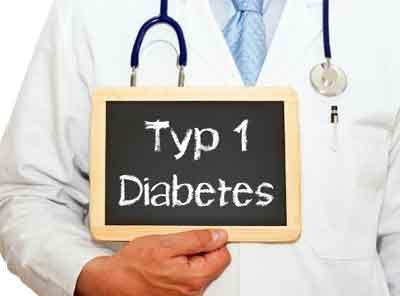- Home
- Editorial
- News
- Practice Guidelines
- Anesthesiology Guidelines
- Cancer Guidelines
- Cardiac Sciences Guidelines
- Critical Care Guidelines
- Dentistry Guidelines
- Dermatology Guidelines
- Diabetes and Endo Guidelines
- Diagnostics Guidelines
- ENT Guidelines
- Featured Practice Guidelines
- Gastroenterology Guidelines
- Geriatrics Guidelines
- Medicine Guidelines
- Nephrology Guidelines
- Neurosciences Guidelines
- Obs and Gynae Guidelines
- Ophthalmology Guidelines
- Orthopaedics Guidelines
- Paediatrics Guidelines
- Psychiatry Guidelines
- Pulmonology Guidelines
- Radiology Guidelines
- Surgery Guidelines
- Urology Guidelines
Sotagliflozin ok as add on treatment for type 1 diabetes with diabetic ketoacidosis risk

ITALY: In patients with type 1 diabetes (T1D), treatment with dual sodium glucose cotransporter (SGLT) 1/2 inhibitor sotagliflozin as an adjunct to insulin improved glycaemic and non-glycaemic outcomes and reduced hypoglycemia rate and severe hypoglycemia but has the key risk of diabetic ketoacidosis (DKA), according to a review in The BMJ journal.
Sotagliflozin is a novel, first-in-class, dual inhibitor of SGLT1 and SGLT2; while SGLT2 inhibition reduces glucose reabsorption in the renal tubule, SGLT1 inhibition decreases glucose absorption in the intestine. This combined mechanism can blunt postprandial glycaemic excursions and glycaemic variability, lowering the need for bolus insulin correction doses, and eventually reducing hypoglycaemic risk.
Furthermore, reduced glucose absorption in the proximal intestine increases glucose delivery to the distal intestine, stimulating incretin glucagon-like peptide-1 (GLP-1). In preclinical models, the increased release of incretin has enhanced weight loss and counteracted glucagon-induced ketogenesis, which could reduce the risk of diabetic ketoacidosis.
Sotagliflozin has recently reached phase III development in patients with T1D but randomized controlled trials evaluating this drug have not been systematically reviewed. To clarify the evidence base of this novel approach, Giovanni Musso, Humanitas University Gradenigo Hospital, Margherita, Turin, Italy, and colleagues conducted a meta-analysis of randomized controlled trials evaluating the efficacy and safety of sotagliflozin in adults with type 1 diabetes.
The researchers looked for randomized controlled trials evaluating the effect of sotagliflozin versus active comparators or placebo on glycaemic and non-glycaemic outcomes and on adverse events in type 1 diabetes in participants older than 18. Of 739 records identified, six randomized placebo-controlled trials (n=3238, duration 4-52 weeks) were included.
Also Read: New oral antidiabetic for patients with type 1 diabetes has promising results :NEJM
They found that:
- Compared with placebo, sotagliflozin treatment reduced HbA1c levels by 0.34 percentage points and fasting plasma glucose by 16.98 mg/dL, both significant findings. It also significantly increased time in range and reduced glucose excursion.
- Sotagliflozin reduced daily total insulin by 8.99%, basal insulin by 8.03% and bolus insulin by 9.14%.
- Sotagliflozin was also associated with significant weight reduction and reductions in systolic and diastolic blood pressure.
- Compared with placebo, sotagliflozin was associated with a 31% lower risk of severe hypoglycemia but a 3.93-fold increased risk of DKA.
- The increased risk of DKA was most evident in trials with a mean initial HbA1c lower than 8%, whereas the increased risk fell short of statistical significance in trials with a mean HbA1c of 8% or more.
- The benefits of sotagliflozin on most glycemic and nonglycemic outcomes were greater at the 400 mg/day dose than at the 200 mg/day dose.
- By contrast with SGLT2 inhibitors, sotagliflozin did not increase the risk of urinary tract infections.
Also Read: Should cardiologists prescribe SGLT2 Inhibitor routinely to all
"The risk of diabetic ketoacidosis could be minimized by appropriate patient selection and down-titration of the basal insulin dose," write the authors.
For detailed study follow the link: https://doi.org/10.1136/bmj.l1328

Disclaimer: This site is primarily intended for healthcare professionals. Any content/information on this website does not replace the advice of medical and/or health professionals and should not be construed as medical/diagnostic advice/endorsement or prescription. Use of this site is subject to our terms of use, privacy policy, advertisement policy. © 2020 Minerva Medical Treatment Pvt Ltd